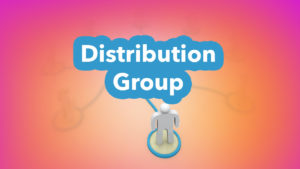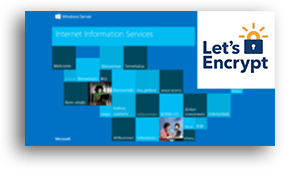Exchange

Restoring or Purging Hard Deleted Messages in Outlook

How to Find SMTP address owner in Exchange

Reclaim the so called Exchange Database Whitespace

How to list all Database sizes with Whitespace and Mailbox count

Exchange DAG failover procedure with a Real Life Example

Quickie – How to Move Exchange Database File Location

How to Create an Exchange 2019 Database Availability Group

Quickie – Exchange mailbox sizes exported in numeric format

PowerShell script for mass-creating Distribution Groups

The New Way to connect to Office 365 with PowerShell

Configure enforced TLS with a partner in Office365

Enabling users to manage Distribution Groups in Outlook
In our example a user called ... [Read More]

Set up Enforced TLS for on-prem Exchange 2019

Max SEND/RECEIVE sizes in Exchange 2019

How to Delete Exchange TRANSACTION LOG Files

How to Create and Use Custom Powershell Commads

How to Configure DKIM on Exchange 2019 – The Simple Way

Understanding SPF, DKIM and DMARC

Accessing Microsoft Exchange: the GUI vs Shell

How to Install a new Microsoft Exchange 2019 Server – Step by Step

Exchange Powershell Login to Office365 and Exchange 2016, 2019

Install Let’s Encrypt SSL for IIS – Step by Step

